Home>Garden Essentials>How To Use Basil Seeds
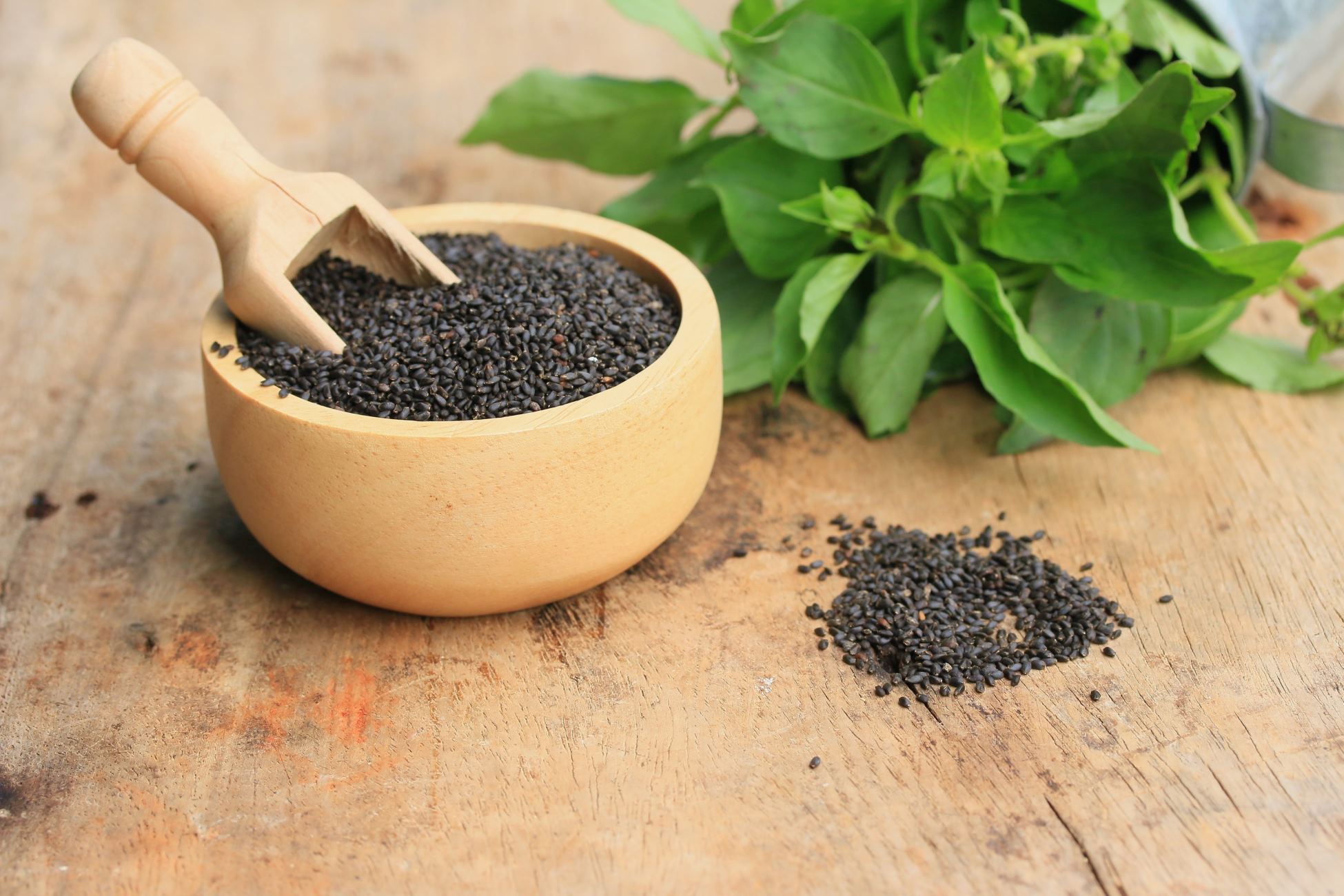

Garden Essentials
How To Use Basil Seeds
Modified: March 24, 2024
Learn the best ways to use basil seeds in your garden and take your gardening skills to the next level with our helpful guide.
(Many of the links in this article redirect to a specific reviewed product. Your purchase of these products through affiliate links helps to generate commission for Storables.com, at no extra cost. Learn more)
Introduction
Welcome to the wonderful world of gardening! Whether you have a sprawling backyard or a cozy balcony, growing your own plants can be a rewarding and therapeutic experience. And what better way to start than with basil seeds? These tiny powerhouses of nutrition and flavor are not only easy to grow, but they also offer a range of health benefits.
Basil seeds, scientifically known as Ocimum basilicum, are the small black seeds found within the basil plant’s flowers. Similar in appearance to chia seeds, basil seeds have a unique gel-like coating when soaked in water, which gives them a distinctive texture and a mild, nutty flavor.
Historically used in Ayurvedic and traditional medicine for their medicinal properties, basil seeds are now gaining popularity worldwide. Not only are they a rich source of dietary fiber, but they also contain essential nutrients like calcium, magnesium, and iron. Additionally, basil seeds are known for their antioxidant and anti-inflammatory properties.
In addition to their health benefits, basil seeds can be a versatile addition to your culinary creations. From refreshing drinks to delectable desserts, there are countless ways to incorporate these tiny seeds into your everyday recipes. So, let’s dive in and explore the various ways to use basil seeds in your kitchen.
Key Takeaways:
- Basil seeds, similar to chia seeds, offer health benefits such as aiding digestion, managing weight, and promoting hydration. They can be used in drinks, desserts, and salad dressings to add flavor and texture to your culinary creations.
- When using basil seeds, it’s important to soak them properly to avoid choking hazards and be mindful of potential allergies or medication interactions. Enjoy the versatility of basil seeds while incorporating them into your diet in moderation.
Read more: How To Start Basil Seeds
What are Basil Seeds?
Basil seeds, also known as Sabja seeds or Tukmaria seeds, are the tiny, black seeds collected from the flowering basil plant. These seeds are similar in appearance to chia seeds and are often used as a culinary and medicinal ingredient.
Basil seeds are rich in nutrients and have been used in traditional medicine for centuries. They are known for their soothing and cooling properties, especially in Ayurvedic medicine. In Asian countries like India and Thailand, basil seeds have long been used in various dishes and beverages for their unique texture and nutritional benefits.
The seeds have a hard outer shell that, when soaked in water, develops a gel-like coating. This coating gives the seeds a characteristic texture and makes them a popular addition to drinks and desserts. The gel-like consistency develops due to the soluble fiber present in basil seeds, which helps in absorbing water and swelling up.
Not only are basil seeds packed with nutrients, but they also offer various health benefits. They are an excellent source of dietary fiber, which aids in digestion and helps in maintaining a healthy digestive system. They are also rich in antioxidants, which help protect the body against free radicals and oxidative stress.
Basil seeds are low in calories and fat, making them a great addition to a balanced diet. They are also a good source of essential minerals like calcium, magnesium, and iron, which are important for bone health, muscle function, and overall well-being.
In addition to their nutritional profile, basil seeds are believed to have medicinal properties. They have been used in traditional Ayurvedic medicine to treat various ailments, including indigestion, constipation, respiratory disorders, and skin conditions.
Overall, basil seeds are a versatile and nutrient-rich ingredient that can be incorporated into your diet to enhance both flavor and health. In the following sections, we will explore the various ways to use basil seeds in your culinary creations.
Health Benefits of Basil Seeds
Basil seeds not only add flavor and texture to your dishes but also offer a range of health benefits. Here are some of the key advantages of incorporating basil seeds into your diet:
- Digestive Health: Basil seeds are rich in dietary fiber, which helps promote a healthy digestive system. The fiber content aids in regulating bowel movements, preventing constipation, and promoting regularity.
- Weight Management: The soluble fiber in basil seeds helps create a feeling of fullness, reducing appetite and promoting weight management. The gel-like coating of soaked basil seeds also slows down the absorption of carbohydrates, helping to stabilize blood sugar levels.
- Hydration: When soaked in water, basil seeds develop a gel-like texture. This gel provides hydration and can help replenish fluids in the body, especially during hot summer months.
- Cardiovascular Health: Basil seeds contain omega-3 fatty acids, which are beneficial for heart health. These fatty acids help in reducing inflammation, improving blood circulation, and lowering the risk of heart disease.
- Antioxidant Properties: Basil seeds are rich in antioxidants, such as flavonoids and phenolic compounds. These antioxidants help protect the body against free radicals, reducing the risk of chronic diseases and promoting overall well-being.
- Bone Health: Basil seeds are a good source of minerals like calcium and magnesium, which are essential for maintaining healthy bones and teeth. These minerals play a crucial role in bone development and strength.
- Skin Health: The antioxidants in basil seeds help protect the skin from oxidative stress and damage caused by free radicals. Including basil seeds in your diet may promote healthy and glowing skin.
- Respiratory Health: Basil seeds have been traditionally used to relieve respiratory conditions like cough and asthma. They are believed to have expectorant properties that can help alleviate congestion and promote easier breathing.
It’s important to note that while basil seeds offer various health benefits, they should be consumed in moderation. If you have any specific health concerns or are taking medications, it’s always advisable to consult with a healthcare professional before making any significant changes to your diet.
Now that we understand the health benefits of basil seeds, let’s explore the different ways to incorporate them into your culinary endeavors.
Culinary Uses of Basil Seeds
Basil seeds are not just a healthy addition to your diet; they also add a unique texture and flavor to a variety of dishes. Here are some creative and delicious ways to incorporate basil seeds into your culinary creations:
- Refreshing Drinks: One of the most popular uses of basil seeds is in beverages. Add a teaspoon of soaked basil seeds to your favorite fruit juices, lemonades, or smoothies. The gel-like texture of the seeds adds a delightful chewiness, making your drinks more refreshing and enjoyable.
- Mocktails and Cocktails: Take your mocktails or cocktails to the next level by using basil seeds as a garnish. Sprinkle a few soaked basil seeds on top of your drinks for a visually appealing presentation and a burst of texture with every sip.
- Desserts: Basil seeds can elevate the taste and presentation of desserts. Add soaked basil seeds to your fruit salads, puddings, or yogurt bowls. Their gel-like texture pairs well with a variety of fruits, adding a pop of freshness and extra nutrition to your sweet treats.
- Jams and Preserves: Make your homemade jams and preserves even more delightful by incorporating basil seeds. The seeds not only add a subtle crunch but also help thicken the mixture naturally.
- Ice Cream and Sorbets: Sprinkle a tablespoon of soaked basil seeds on top of your favorite frozen treats. The contrast between the creamy texture of the ice cream or sorbet and the chewiness of the basil seeds creates a delightful sensory experience.
- Baked Goods: Add a healthy twist to your baked goods by incorporating basil seeds. Mix them into muffin batters, bread dough, or pancake batter for an interesting texture and a boost of nutrition.
- Salad Dressings: Basil seeds can be used as a thickening agent in salad dressings. Mix them with your favorite vinaigrette or creamy dressings to add a unique texture and enhance the overall flavor profile of your salads.
- Chutneys and Dips: Blend soaked basil seeds with herbs, spices, and other ingredients to make flavorful chutneys and dips. The gel-like texture of the seeds adds a creamy consistency, making these condiments even more delicious.
These are just a few examples of how you can use basil seeds in your culinary adventures. Feel free to experiment and get creative with different dishes and recipes. The versatility of basil seeds allows you to add a healthy twist to your favorite meals while enjoying their unique texture and flavor.
Now that we’ve explored the culinary uses of basil seeds, let’s move on to the next important topic: how to properly soak and use basil seeds.
How to Soak Basil Seeds
Before incorporating basil seeds into your recipes, it’s important to soak them properly to achieve their characteristic gel-like texture. Follow these simple steps to soak basil seeds:
- Measure the Seeds: Start by measuring the desired quantity of basil seeds. Typically, 1 tablespoon of dry basil seeds will yield about 4 tablespoons after soaking.
- Rinse the Seeds: Rinse the dry basil seeds in a fine-mesh sieve to remove any dirt or debris. This step ensures that you’re working with clean and ready-to-use seeds.
- Soak in Water: Transfer the rinsed basil seeds to a bowl and add about 1/2 cup of filtered water. Stir the seeds and water together, making sure all the seeds are submerged. Let them soak for at least 15 minutes, or until they develop a gel-like coating.
- Stir Occasionally: While the seeds are soaking, it’s a good practice to stir them occasionally. This helps distribute the water evenly and allows the gel-like coating to develop uniformly.
- Check the Consistency: After 15 minutes, check the consistency of the soaked basil seeds. They should have a gel-like appearance and a chewy texture. If they seem too dry, add a bit more water and let them soak for a few more minutes.
- Use or Store: Once the basil seeds have reached the desired consistency, they are ready to be used in your culinary creations. If you have any leftover soaked seeds, you can store them in an airtight container in the refrigerator for up to a week.
Remember, the amount of water and soaking time may vary slightly depending on the specific brand or variety of basil seeds you’re using. It’s always a good idea to follow the instructions provided on the packaging for accurate soaking guidelines.
Now that you know how to soak basil seeds, let’s explore some popular ways to use them in drinks, desserts, and salad dressings.
Add basil seeds to your favorite drinks or smoothies for a healthy boost. They can also be used as a thickening agent in recipes like puddings or jams. Just mix them with water and let them sit for a few minutes to form a gel-like consistency.
Read more: How To Get Basil Seeds
How to Use Basil Seeds in Drinks
Basil seeds can add a refreshing twist to your beverages, from fruity concoctions to cooling summer drinks. Here are a few ideas on how to use basil seeds in your favorite drinks:
- Fruit Infused Water: Add a tablespoon of soaked basil seeds to a pitcher of fruit-infused water. The seeds will not only enhance the visual appeal but also provide a burst of texture with every sip. Try combinations like strawberry and basil seeds, cucumber and mint with basil seeds, or lemon and lime with basil seeds.
- Flavored Lemonades: Prepare a homemade lemonade and add a teaspoon of soaked basil seeds before serving. The gel-like texture of the seeds complements the tangy flavor of lemonade, adding a delightful chewiness to each sip.
- Iced Teas: Upgrade your iced teas with basil seeds. Whether it’s classic black tea, herbal teas, or even green tea, adding soaked basil seeds can elevate the flavor and texture. Experiment with different tea blends and serve them over ice with a generous sprinkling of basil seeds.
- Fruit Smoothies: Blend your favorite fruits with yogurt or plant-based milk to create a delicious smoothie. Just before serving, sprinkle a tablespoon of soaked basil seeds on top for an added nutritional boost. The seeds will add an interesting texture that pairs well with the creamy and fruity flavors.
- Tropical Mocktails: Create tropical mocktails with a twist by incorporating basil seeds. Mix pineapple juice, coconut water, and a splash of lime juice. Add soaked basil seeds and garnish with fresh mint leaves for a refreshing and exotic drink.
- Bubble Teas: If you’re a fan of bubble teas, why not add basil seeds to the mix? Prepare your desired flavor of bubble tea, whether it’s black, green, or fruit-based. Just before serving, add soaked basil seeds for that extra chewy texture. Sip through a wide straw and enjoy the burst of flavors.
These are just a few examples of how you can incorporate basil seeds into your drinks. Don’t be afraid to get creative and experiment with different flavors and combinations to find your favorite concoction. Remember to adjust the amount of basil seeds according to your preference and taste.
Now that you know how to use basil seeds in drinks, let’s move on to exploring their usage in desserts.
How to Use Basil Seeds in Desserts
Basil seeds can add a delightful twist to your desserts, whether you’re making creamy puddings, fruity treats, or indulgent baked goods. Here are some creative ways to use basil seeds in desserts:
- Fruit Parfaits: Layer your favorite fruits, yogurt, and a sprinkling of soaked basil seeds in a glass to create a delicious and nutritious fruit parfait. The basil seeds will add a pop of crunch and an interesting texture to each spoonful.
- Chia Puddings: Combine soaked basil seeds with chia seeds, milk (dairy or plant-based), and a sweetener of your choice to create a nutritious and satisfying chia pudding. Allow the mixture to set in the refrigerator, and enjoy a creamy and chewy dessert packed with omega-3 fatty acids and fiber.
- Fruit Salads: Sprinkle a tablespoon of soaked basil seeds on top of your fruit salads for an added nutritional boost. The seeds will pair well with a variety of fruits, adding a pop of freshness and texture to your healthy dessert.
- Ice Cream Toppings: Upgrade your favorite ice cream flavors with a tablespoon of soaked basil seeds. The contrast between the creamy ice cream and the chewy seeds will create a delightful sensation with every spoonful.
- Berry Cobblers: Add a twist to your berry cobblers by mixing soaked basil seeds into the fruit filling before baking. The seeds will absorb some of the fruit juices, creating a delectable texture and adding a nutritious element to your dessert.
- Frozen Yogurt Popsicles: Create delicious and refreshing yogurt popsicles by mixing Greek yogurt, your choice of sweetener, and a handful of soaked basil seeds. Pour the mixture into popsicle molds, freeze, and enjoy a healthy and chewy treat on a hot day.
- Basil Seed Puddings: Create a unique pudding by mixing soaked basil seeds with coconut milk, sweetener, and your choice of flavorings like cocoa powder or vanilla extract. Allow the mixture to set in the refrigerator, and enjoy a creamy and nutritious basil seed pudding.
Feel free to experiment with different dessert recipes and find your favorite ways to incorporate basil seeds. The possibilities are endless, and the addition of basil seeds can bring a unique twist to your sweet treats.
Now that we’ve explored using basil seeds in desserts, let’s move on to another culinary delight: salad dressings.
How to Use Basil Seeds in Salad Dressings
Basil seeds can add a unique texture and flavor to your salad dressings, making them more interesting and nutritious. Here are some ways to use basil seeds in your homemade salad dressings:
- Vinaigrette Dressings: Mix soaked basil seeds with your favorite vinaigrette dressing to add a subtle crunch and enhance the overall texture. The seeds will blend seamlessly with the dressing and provide a burst of flavor with every bite of your salad.
- Creamy Dressings: Basil seeds can also be used to thicken creamy dressings naturally. Blend soaked basil seeds with ingredients like yogurt, mayonnaise, or avocado to create a creamy and nutritious dressing. The gel-like consistency of the seeds will provide a smooth texture while adding a touch of freshness.
- Herb-infused Dressings: Take your herb-infused dressings to the next level by adding soaked basil seeds. Blend basil seeds with fresh herbs like basil, cilantro, or parsley along with olive oil, vinegar, and other seasonings. The seeds will not only contribute to the texture but also enhance the overall flavor profile of the dressing.
- Fruity Dressings: Experiment with fruity dressings by incorporating basil seeds. Blend soaked basil seeds with fruits like strawberries, mangoes, or raspberries, along with a touch of honey or citrus juice. The combination of the fruity flavors and the gel-like texture of the seeds will create a unique dressing for your salads.
- Asian-inspired Dressings: Add an Asian twist to your dressings by incorporating basil seeds. Mix soaked basil seeds with ingredients like soy sauce, sesame oil, ginger, and garlic to create a flavorful dressing for Asian-inspired salads. The seeds will complement the Asian flavors and add a delightful chewiness.
- Feta and Basil Seed Dressing: Create a tangy and creamy dressing by blending soaked basil seeds with crumbled feta cheese, lemon juice, olive oil, and herbs. This dressing pairs well with fresh greens, roasted vegetables, or grain salads.
- Sweet and Savory Dressings: Combine sweet and savory elements by mixing soaked basil seeds with ingredients like balsamic vinegar, honey, mustard, and extra virgin olive oil. The combination of flavors will add depth to your salads while the seeds contribute to the texture and nutritional profile of the dressing.
Remember to adjust the amount of soaked basil seeds and other ingredients according to your personal taste preferences. Feel free to experiment with different flavors and combinations to create dressings that suit your unique palate.
Now that we’ve explored using basil seeds in salad dressings, let’s address any potential side effects and precautions associated with their consumption.
Side Effects and Precautions
While basil seeds offer various health benefits and culinary uses, it’s important to note some potential side effects and precautions associated with their consumption:
- Choking Hazard: Basil seeds can expand and form a gel-like coating when soaked in water. It’s important to ensure that they are properly soaked and hydrated before consuming. Swallowing dry basil seeds can pose a choking hazard, so make sure to always soak them adequately.
- Allergic Reactions: Some individuals may be allergic to basil seeds. If you have a known allergy to basil or other herbs in the Lamiaceae family, such as mint or oregano, it’s advisable to avoid consuming basil seeds or consult with a healthcare professional before incorporating them into your diet.
- Interaction with Medications: Basil seeds may interact with certain medications, such as blood thinners. If you are taking any medications or have any underlying health conditions, it’s important to consult with a healthcare professional before adding basil seeds to your diet. They can provide personalized advice based on your specific circumstances.
- Pregnancy and Breastfeeding: There is limited research on the safety of basil seeds during pregnancy and breastfeeding. It’s best to err on the side of caution and avoid consuming basil seeds or consult with a healthcare professional for guidance.
- Stomach Discomfort: Some individuals may experience stomach discomfort or digestive issues after consuming basil seeds. If you experience any adverse effects, such as bloating, gas, or indigestion, it’s recommended to reduce your consumption or discontinue use.
- Quality and Contamination: Ensure that you purchase basil seeds from a reliable source to ensure their quality and minimize the risk of contamination. It’s also important to properly store the seeds in a cool and dry place to maintain their freshness and avoid spoilage.
As with any dietary ingredient, it’s important to listen to your body and consume basil seeds in moderation. If you have any concerns or pre-existing health conditions, it’s always best to consult with a healthcare professional before incorporating basil seeds into your diet.
Now that we’ve covered the potential side effects and precautions, let’s wrap up our exploration of basil seeds.
Read more: How To Sow Basil Seeds
Conclusion
Basil seeds are an exciting addition to both your garden and your culinary endeavors. These tiny black seeds, derived from the flowering basil plant, offer a range of health benefits and add a unique texture and flavor to your dishes.
From promoting digestive health and aiding in weight management to providing hydration and offering cardiovascular benefits, basil seeds are a nutrient-rich ingredient worth incorporating into your diet.
In your kitchen, basil seeds can be used in a multitude of ways. Whether it’s adding them to refreshing drinks like fruit-infused water or iced teas, incorporating them into desserts like chia puddings or fruit salads, or using them in salad dressings to enhance both texture and flavor, the versatility of basil seeds is truly remarkable.
However, it’s important to consume basil seeds in moderation and be mindful of any potential allergies or interactions with medications. Soak the seeds properly to avoid any choking hazards and ensure their gel-like coating develops fully.
Whether you’re a seasoned gardener looking to explore new plant varieties or a culinary enthusiast seeking to add flair to your dishes, basil seeds are a wonderful choice. Enjoy the process of growing your own basil and relish the numerous health benefits and culinary delights that these tiny seeds have to offer.
So, go ahead and embark on your basil seed adventure. From your garden to your plate, let the journey of discovery and innovation begin!
Frequently Asked Questions about How To Use Basil Seeds
Was this page helpful?
At Storables.com, we guarantee accurate and reliable information. Our content, validated by Expert Board Contributors, is crafted following stringent Editorial Policies. We're committed to providing you with well-researched, expert-backed insights for all your informational needs.
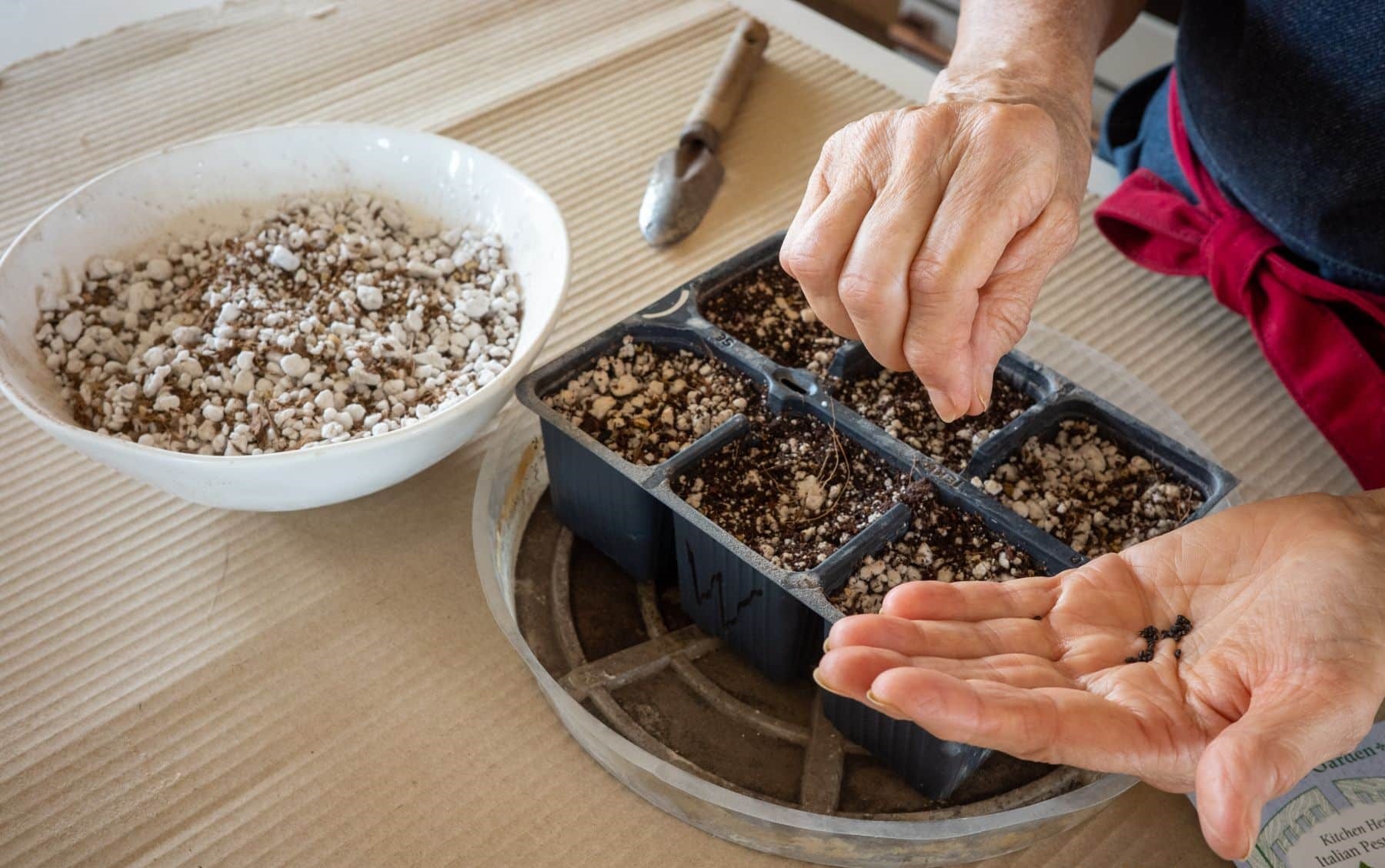
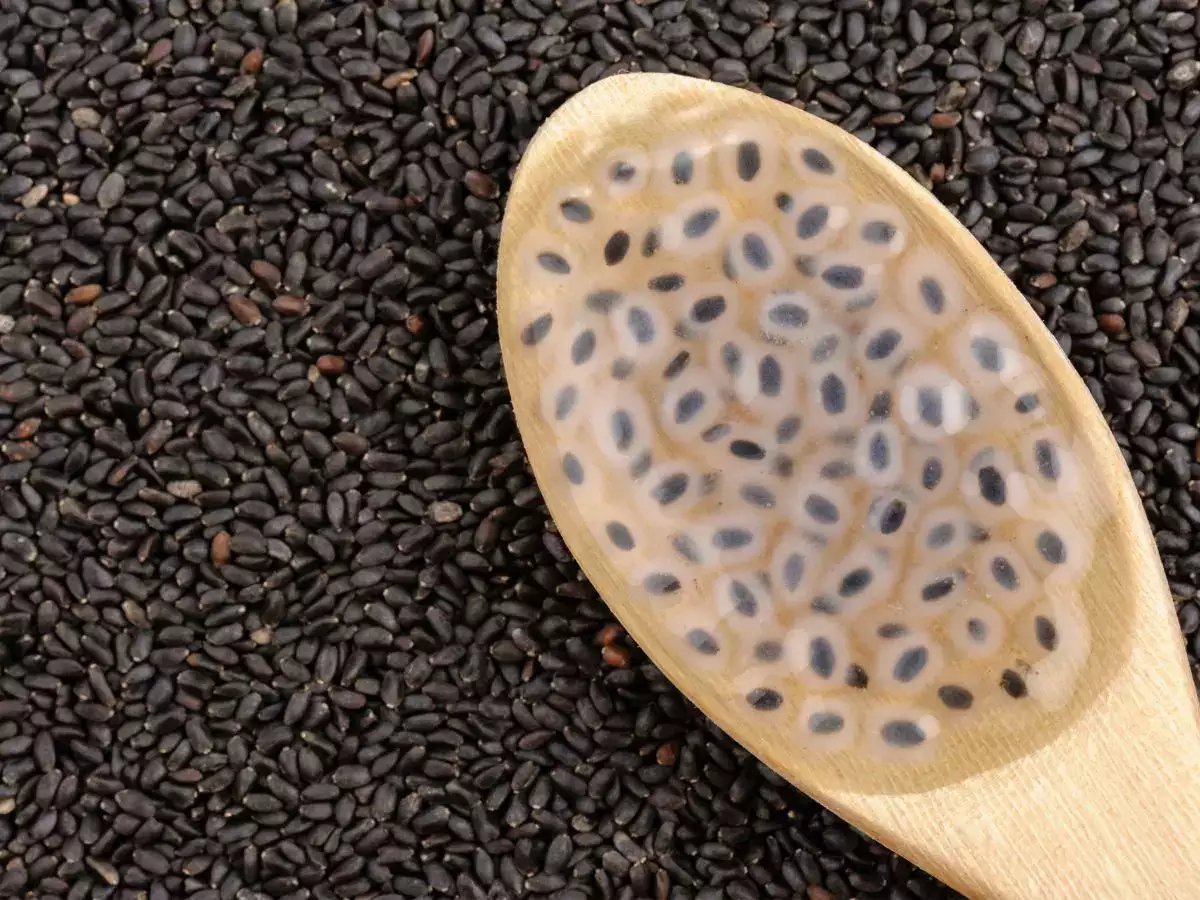
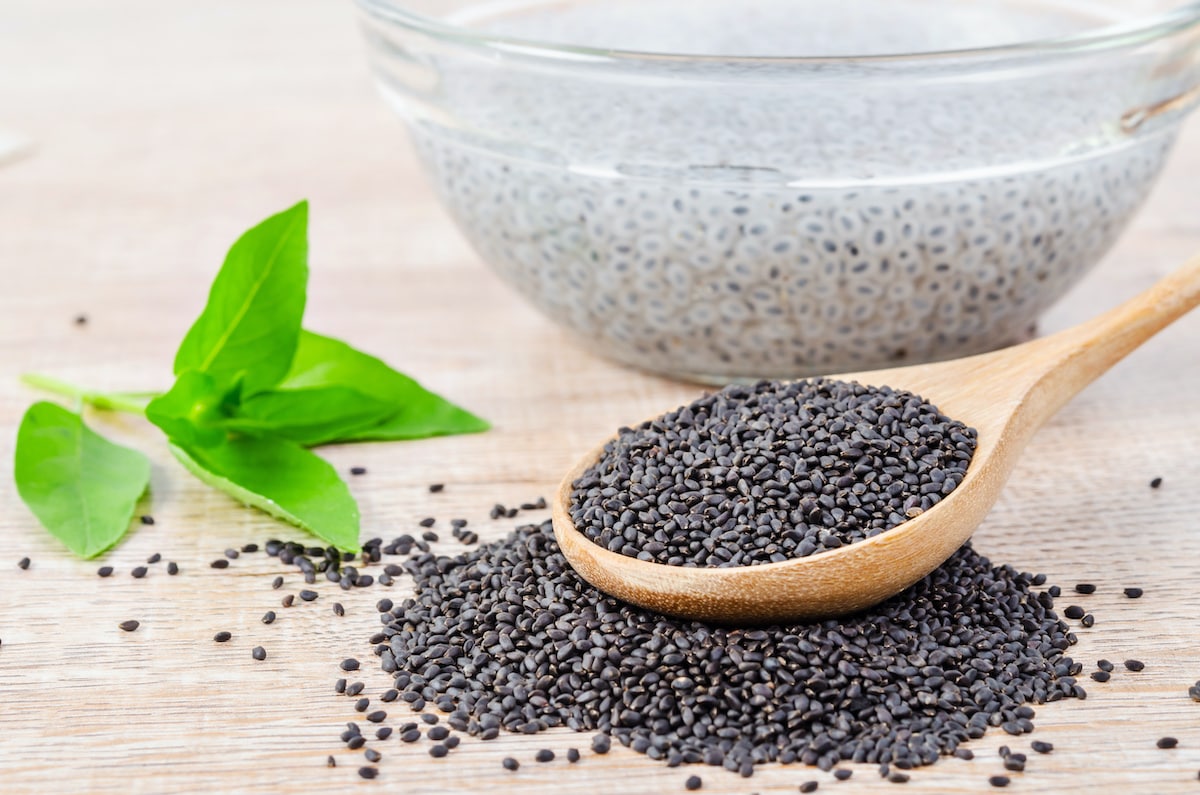
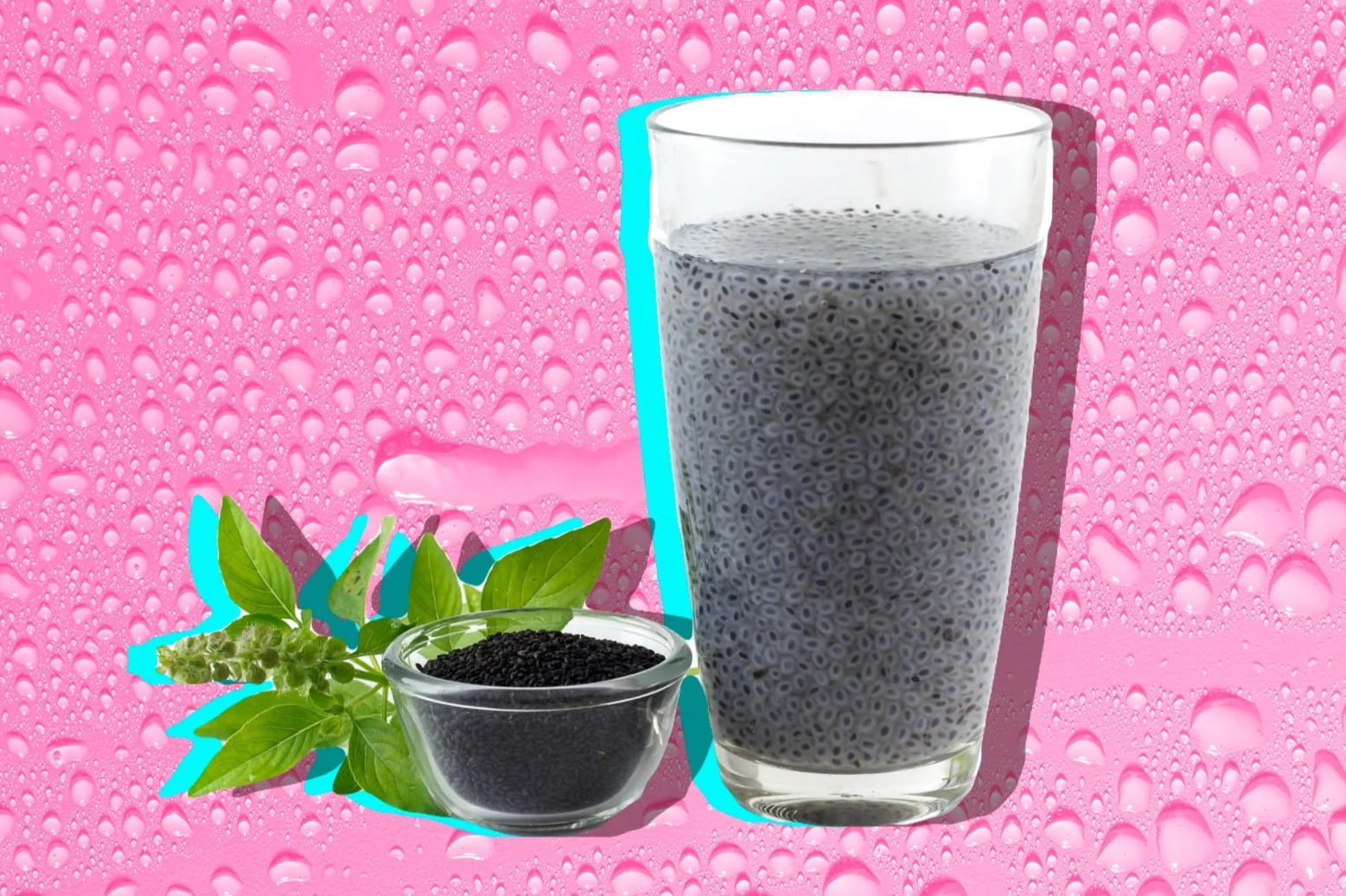
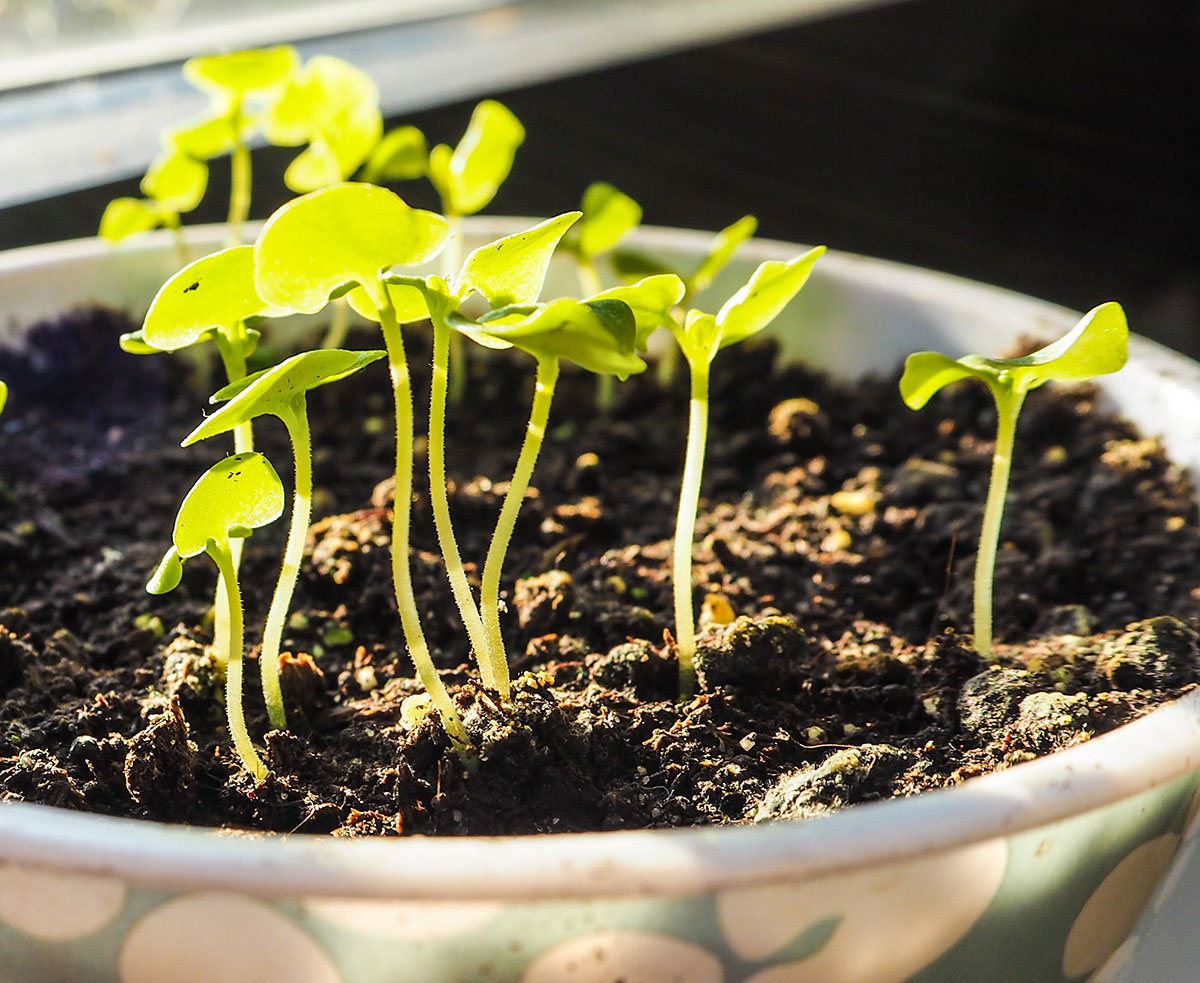
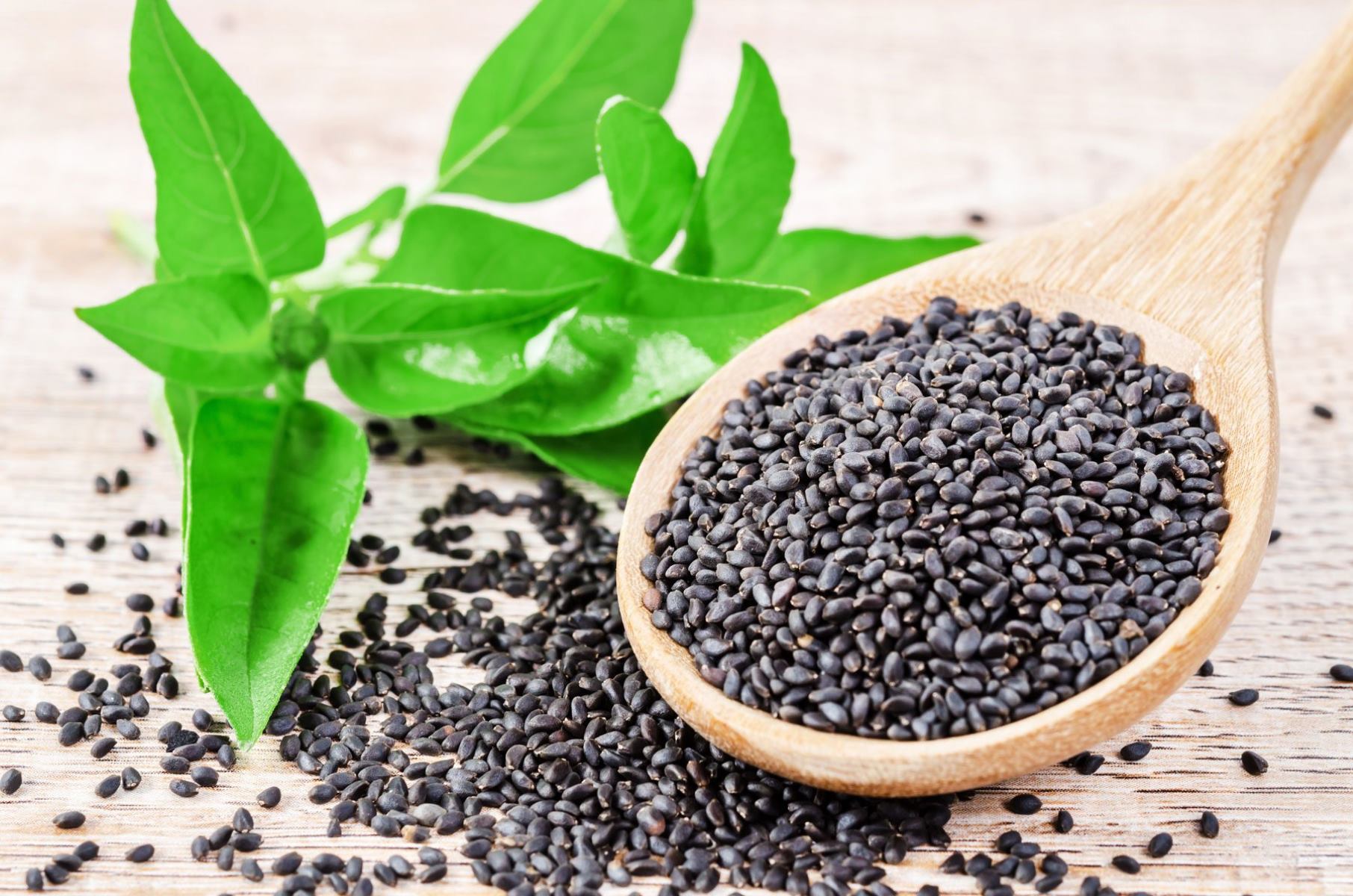
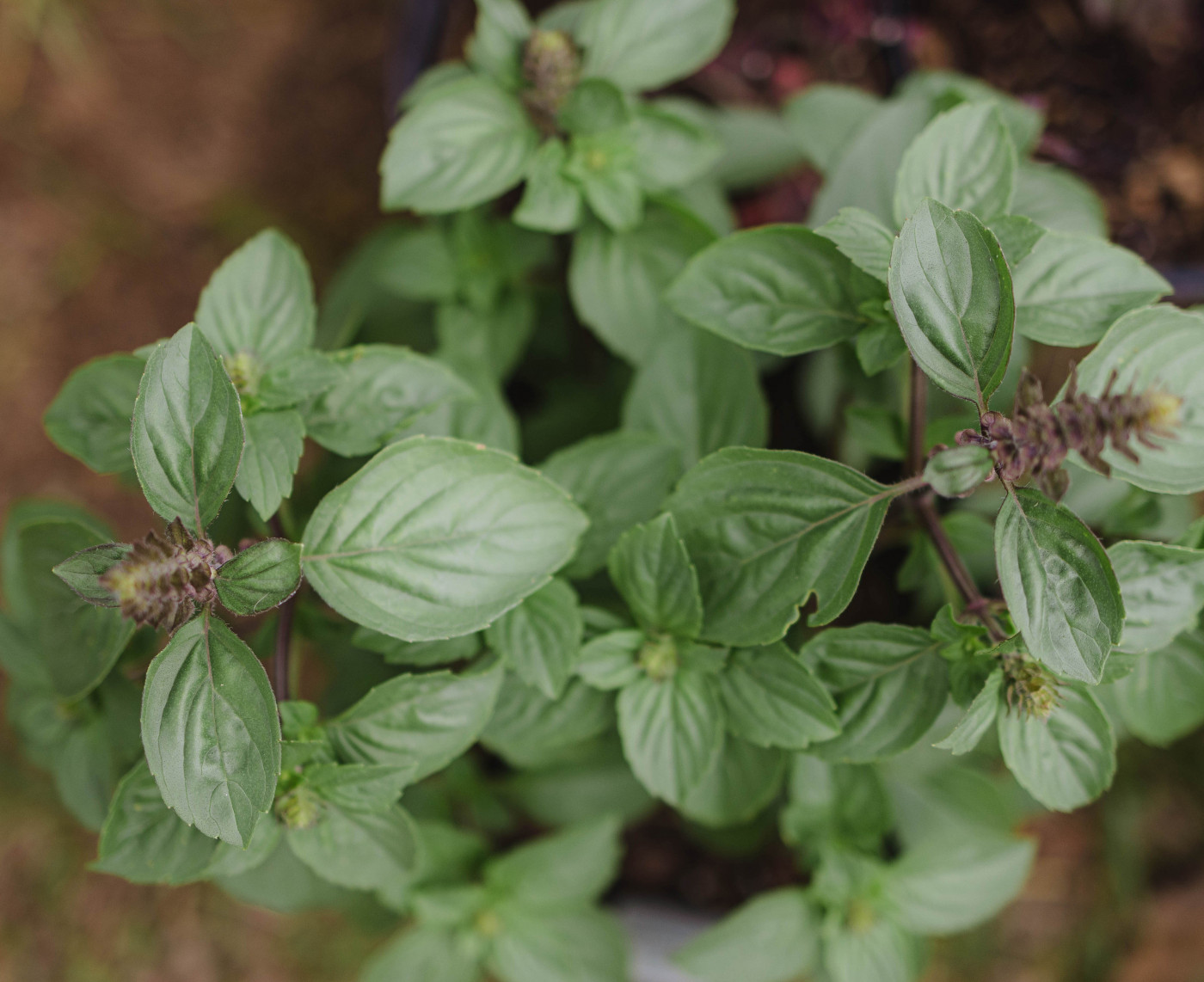
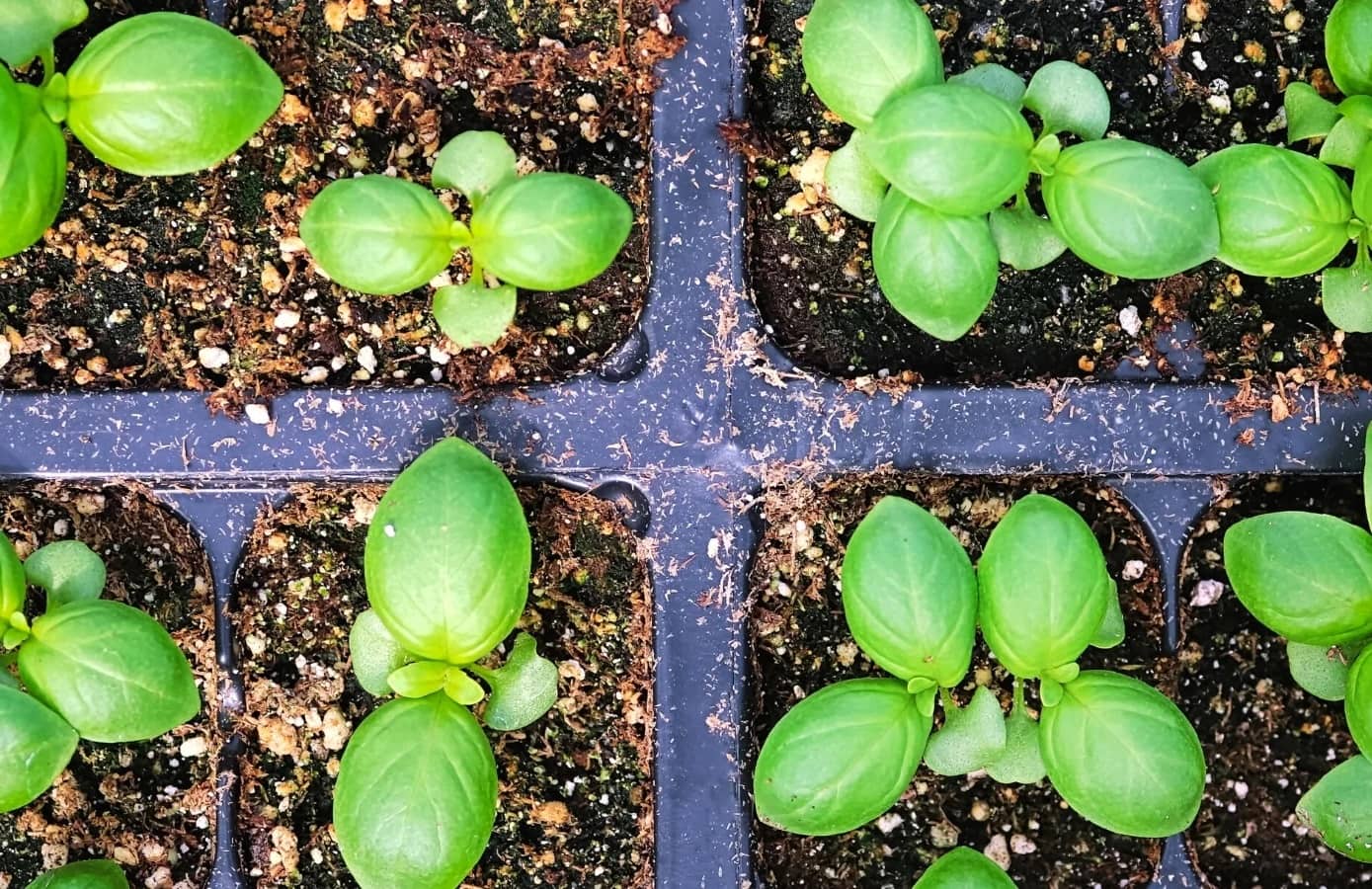
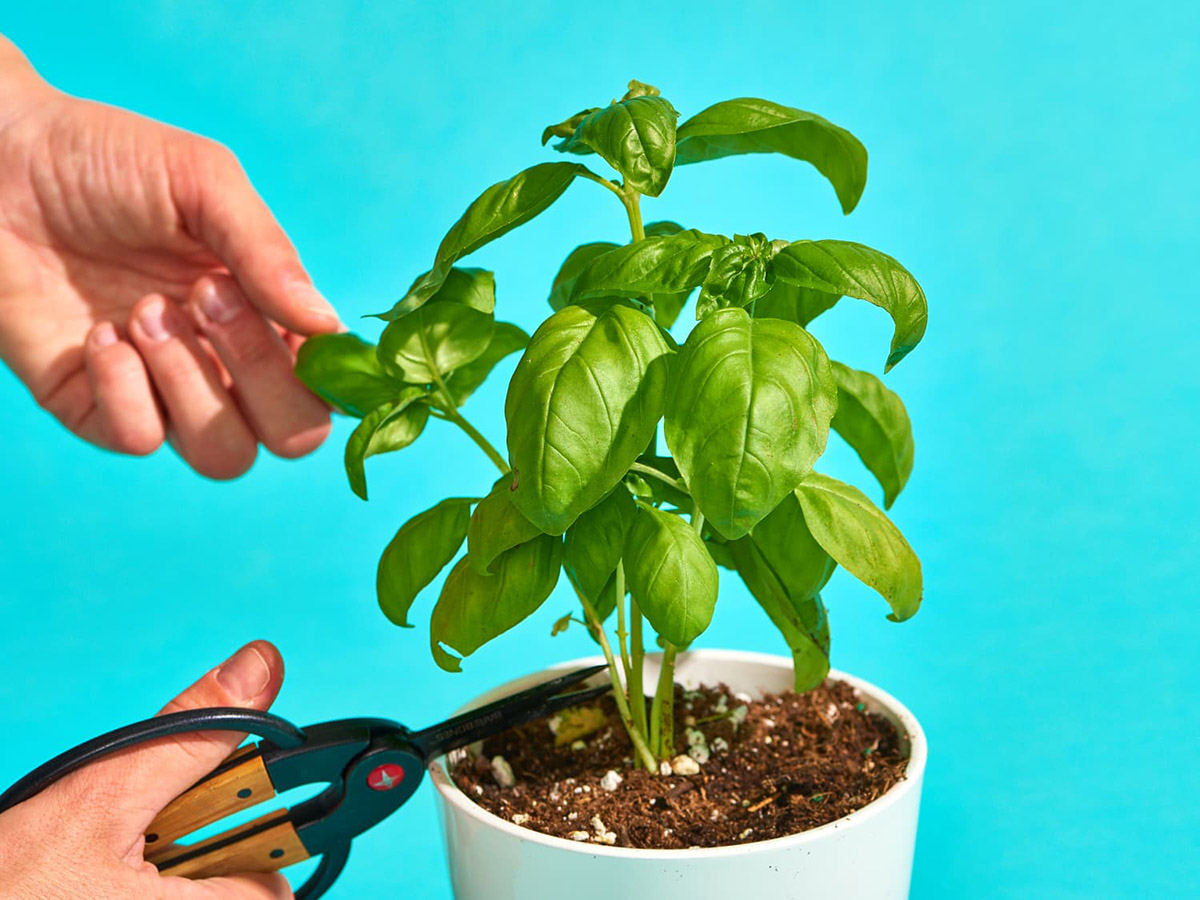
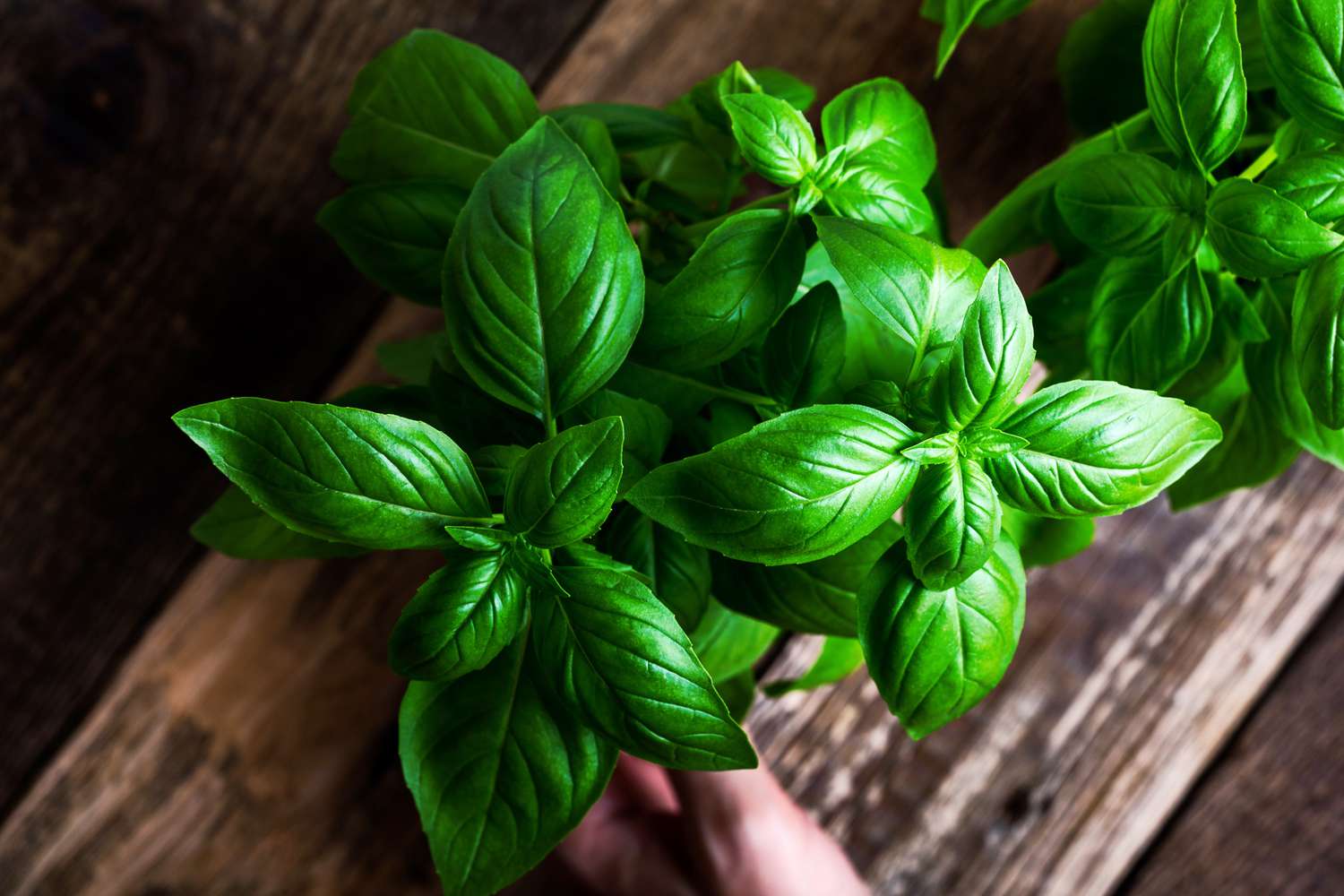
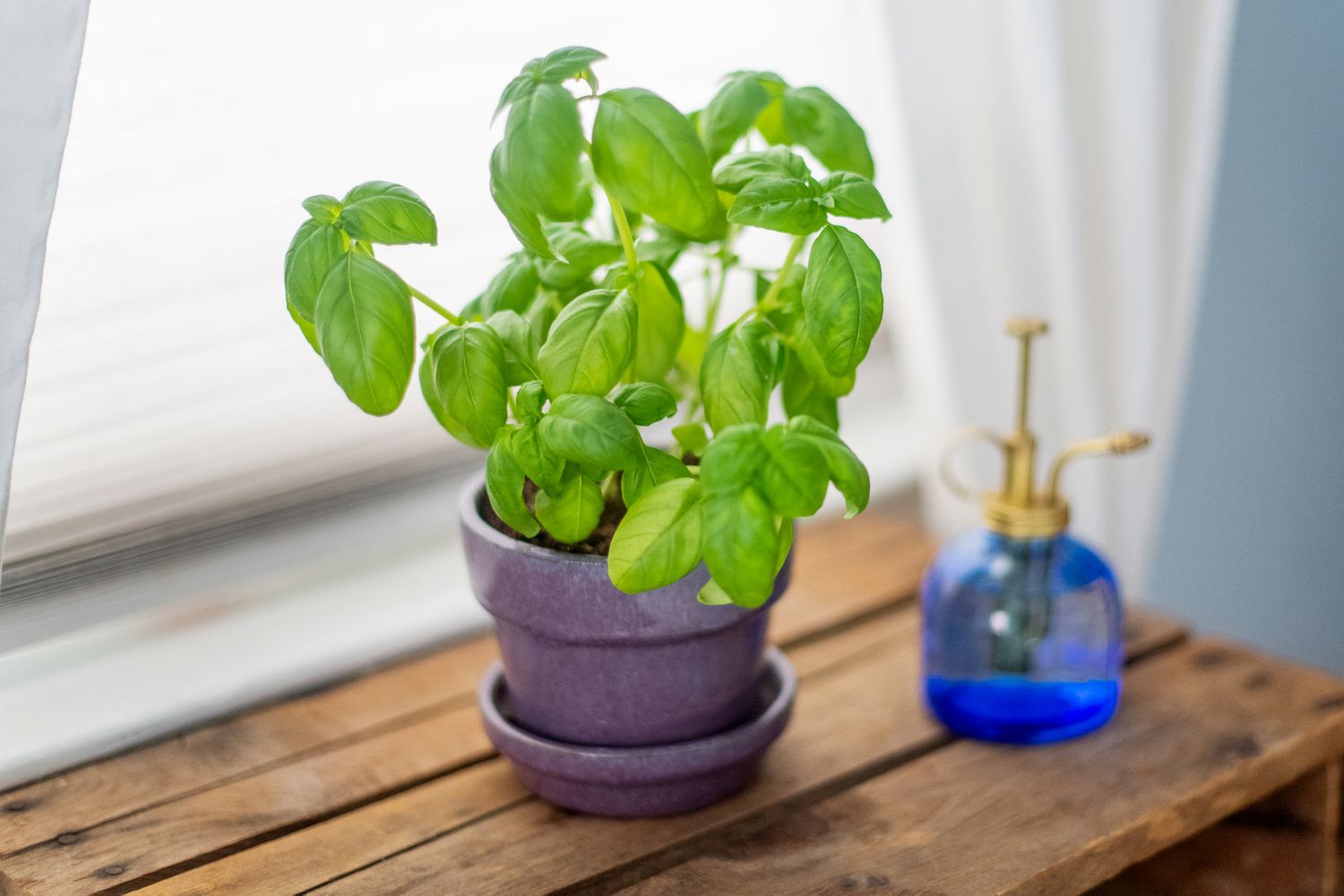
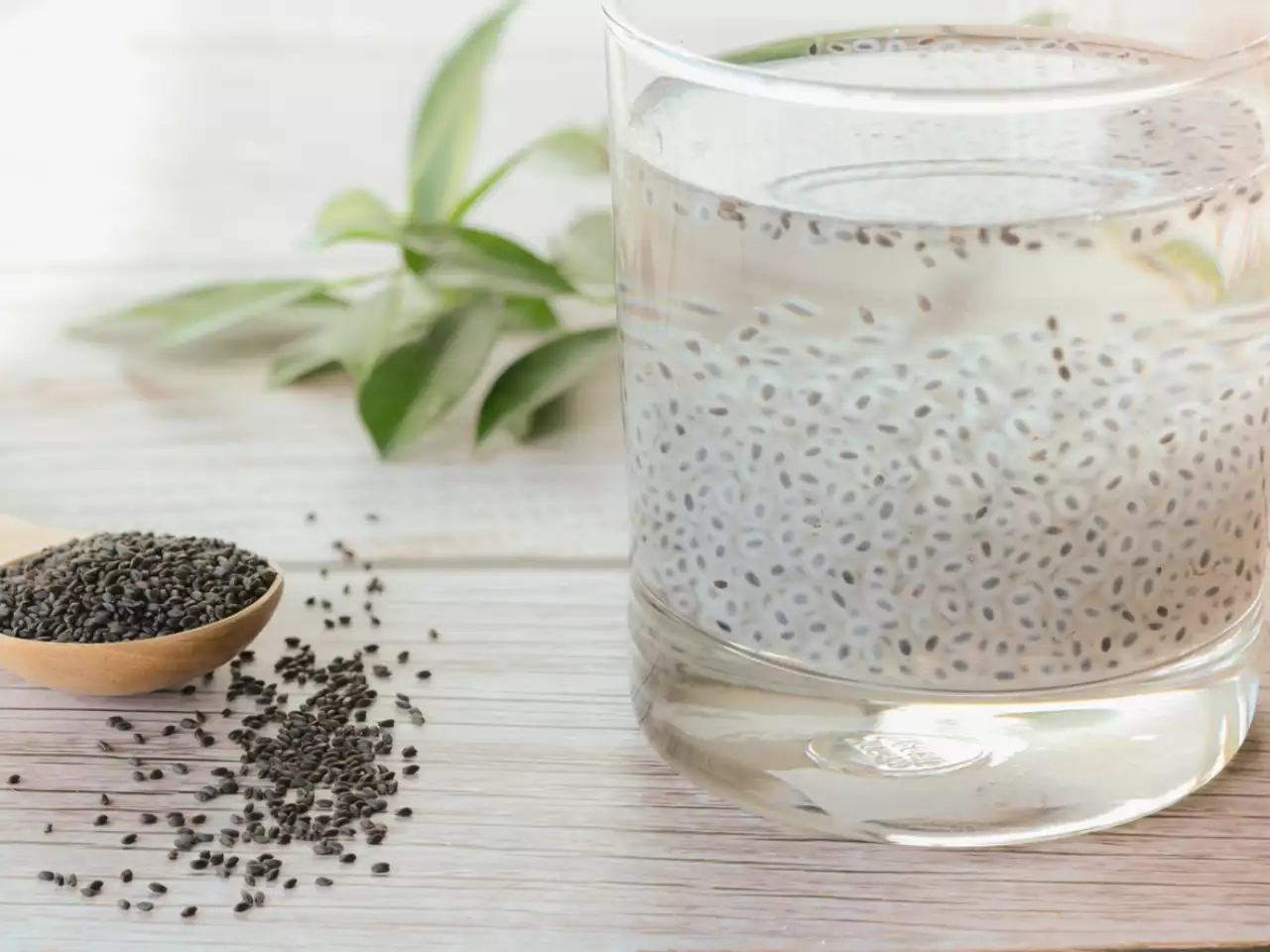
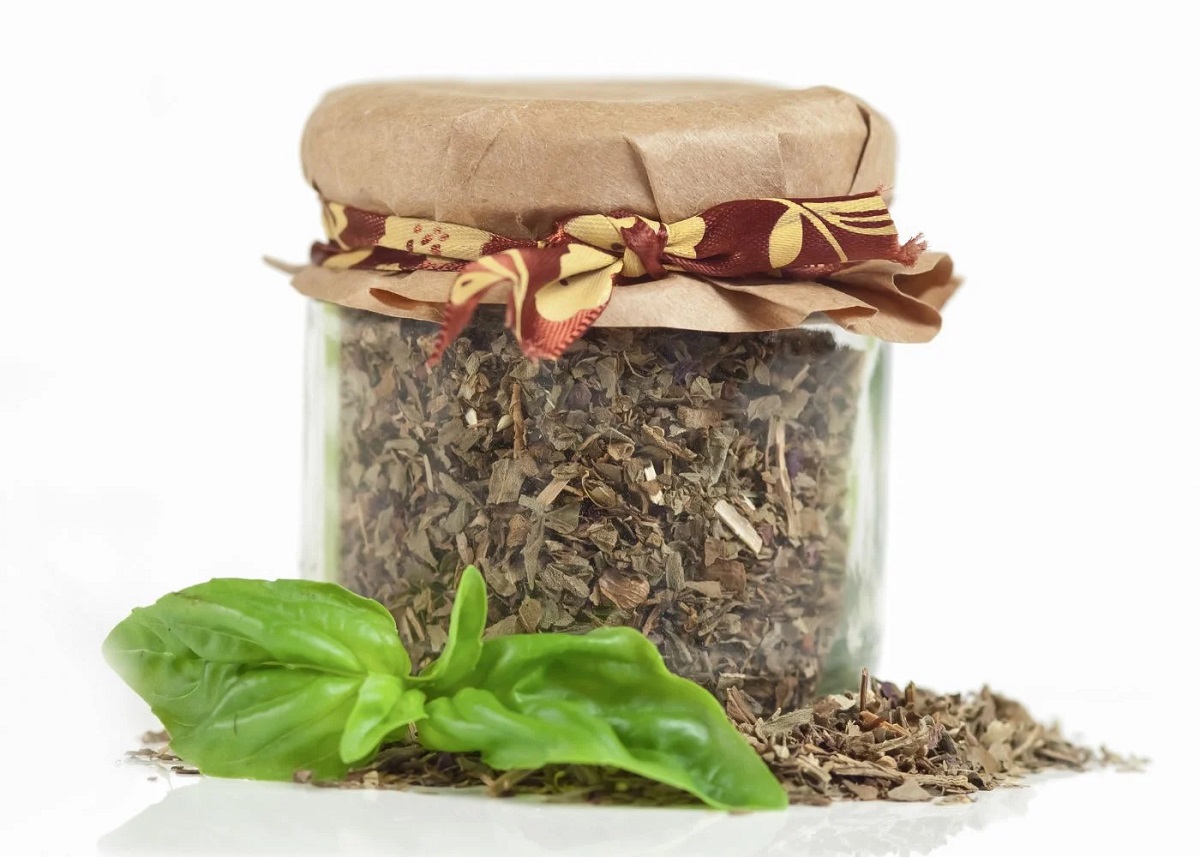

0 thoughts on “How To Use Basil Seeds”